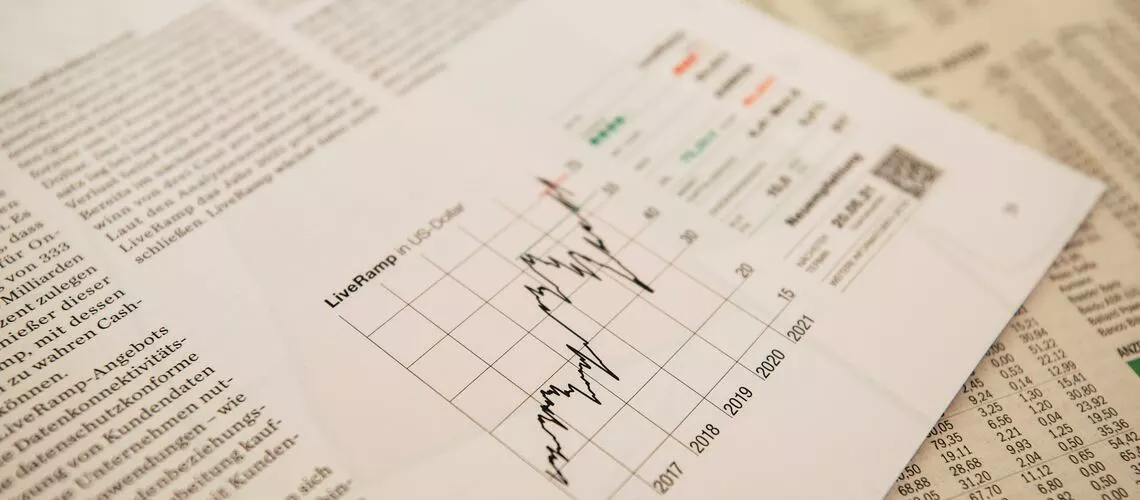When you receive a property valuation report, it may seem like a maze of numbers, terms, and sections. Understanding this document is crucial for making informed decisions, whether you’re buying, selling, or refinancing. Here’s a comprehensive guide to help you read valuation reports and understand the key valuation elements embedded within.
1. Report Overview
Snapshot of the Property
This section provides a brief summary of the property, including its location, size, and the date of valuation. Look out for:
- Property address
- Type of property (e.g., residential, commercial)
- Date of inspection and valuation
2. Approaches to Value
Methods Used for Estimation
Valuers typically use three main methods to determine a property’s value:
Comparative Market Analysis:
This method evaluates the sale prices of similar properties in the area, adjusting for differences.
Cost Approach:
Estimates the cost to rebuild the property from scratch, minus any depreciation.
Income Capitalisation Approach:
Used primarily for investment properties, this method focuses on potential rental income.
3. Market Analysis
Context Matters
This section provides an overview of the current market conditions, which can influence the property’s value. It may detail:
– Recent sales in the area
– Market trends and forecasts
– Local factors influencing property values, such as infrastructure projects or zoning changes.
4. Adjustments
Factors Influencing the Final Figure
If the valuer used the Comparative Market Analysis, there would likely be adjustments made to account for differences between the subject property and comparables. Common adjustments might relate to:
– Property size or land area
– Age and condition of the property
– Unique features or upgrades
– Proximity to amenities or nuisances
Each adjustment, whether it’s an addition or deduction, should be clearly explained, helping you understand the final value conclusion.
5. Final Value Conclusions
The Bottom Line
After all analyses and adjustments, this section presents the property’s estimated value. It may be presented as a single figure or a value range, depending on the valuer’s assessment and confidence in the derived value.
6. Limitations and Disclaimers
Understanding the Boundaries
No valuation report is complete without its limitations and disclaimers. These could include:
– Assumptions made during the valuation
– Sources of information used
– Potential external factors not accounted for
It’s essential to be aware of these limitations when considering the report’s findings and recommendations.
As you delve into your report, armed with the knowledge of how to read valuation documents, you’ll gain a clearer picture of your property’s standing in the market. Familiarising yourself with these key valuation elements can empower you to make strategic decisions and engage in more informed discussions about your property’s worth.



